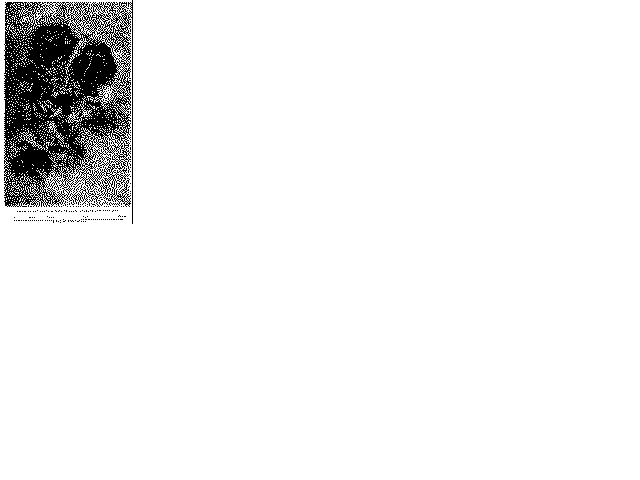in these respects. I had long meditated a work "On the Moon," and it was for this purpose more especially that I was earnest in endeavouring to acquire the necessary practical skill. I was soon enabled to obtain photographic copies of the elaborate models of parts of the moon's, surface, which I had long before prepared. These copies were hailed by the highest authorities in this special department of astronomical research as the best examples of the moon's surface which had yet been produced.
In reference to this subject, as well as to my researches into the structure of the sun's surface, I had the inestimable happiness of securing the friendship of that noble philosopher, Sir John Herschel. His visits to me, and my visits to him, have left in my memory the most cherished and happy recollections. Of all the scientific men I have had the happiness of meeting, Sir John stands supremely at the head of the list. He combined profound knowledge with perfect humility. He was simple, earnest, and companionable, He was entirely free from assumptions of superiority, and, still learning, would listen attentively to the humblest student. He was ready to counsel and instruct, as well as to receive information. He would sit down in my workshop, and see me go through the various technical processes of casting, grinding, and polishing specula for reflecting telescopes. That was a pleasure to him, and a vast treat to me.
I had been busily occupied for some time in making careful investigations into the dark spots upon the Sun's surface. These spots are of extraordinary dimensions, sometimes more than 10,000 miles in diameter. Our world might be dropped into them. I observed that the spots were sometimes bridged over by a streak of light, formed of willow-leaf-shaped objects. They were apparently possessed of voluntary motion, and moved from one side of the spot to the other. These flakes were evidently the immediate sources of the solar light and heat. I wrote a paper on the subject, which I sent to the Literary and Philosophical Society of Manchester.[note: Memoirs of the Literary and Philosophical Society of Manchester, 3d series, vol. i. p. 407. My first discovery of the "Willow-leaf" objects on the Sun's surface was made in June 1860. I afterwards obtained several glimpses of them from time to time. But the occasions are very rare when the bright sun can be seen in a tranquil atmosphere free from vibrations, and when the delicate objects on its surface can be clearly defined. It was not until the 5th of June 1864 that I obtained the finest sight of the Sun's spots and the Willow-leaf objects; it was then that I made a careful drawing of them, from which the annexed faithful engraving has been produced. Indeed I never had a better sight of this extraordinary aspect of the Sun than on that day.]
The results of my observations were of so novel a character that astronomers for some time hesitated to accept them as facts. Yet Sir John Herschel, the chief of astronomers, declared them to be "a most wonderful discovery"
 Group of sun spots as seen by James Nasmyth, 5th June 1864.
Group of sun spots as seen by James Nasmyth, 5th June 1864.
I received a letter from Sir John, dated Collingwood, 2lst of May 1861, in which he said:
"I am very much obliged to you for your note, and by the sight of your drawings, which Mr. Maclaren was so kind as to bring over here the other day. I suppose there can be no doubt as to the reality of the willow-leaved flakes, and in that case they certainly are the most marvellous phenomena that have yet turned up -- had almost said in all Nature -- certainly in all Astronomy.
"What can they be? Are they huge phosphorised fishes? If so, what monsters! Or are they crystals? a kind of igneous snow-flakes? floating in a fluid of their own, or very nearly their own, specific gravity? Some kind of solidity or coherence they must have, or they would not retain their shape in the violent movements of the atmosphere which the change of the spots indicate.
"I observe that in the bridges all their axes have an approximate parallelism, and that in the penumbra they are dispersed, radiating from the inside and the outside of the spot, giving rise to that striated appearance which is familiar to all observers of the spots.
"I am very glad that you have pitched your tent in this part of the world, and I only wish it were a little nearer. You will anyhow have the advantage at Penshurst of a much clearer atmosphere than in the
| Previous chapter/page | Back | Home | Email this | Search | Discuss | Bookmark | Next chapter/page |